One of the core design goals of Salvage Union was to create a simple, narrative focussed Mech game that was easy and fun to play.
Many Mech games people are familiar with such as Lancer or BattleTech are usually quite complicated, crunchy games. A few notable rules lite exceptions such as the Mecha Hack exist but the focus tends to be on crunch and tactical combat within the genre.

We wanted to create something different, a Mech roleplaying game that was pick up and play and encouraged players to explore and engage with the game world and roleplay without worrying too much about the rules.
However we also really love the aforementioned crunchy mech games and the myriad of fun things you can do in those games. One of the most significant elements is Mech customisation which is in our mind an integral part of the Mech experience which we still wanted to include in Salvage Union.
There’s also many cool and bombastic things you can do in Mech games, such as leaping over an opposing mech with your jump jets to target their rear armour, aiming called shots to strip off key components or perfectly timing an alpha strike to core an enemy mech.
We wanted those fun and engaging elements of the genre but wanted to remove as much of the rules crunch as possible whilst encouraging player creativity.

The core rules of Salvage Union are designed to be simple. The game runs off of a core d20 resolution system which provides 5 different variable results, these are always unmodified rolls that are more reflective of fate, luck and external factors than skill. This core mechanic is used for all checks whether firing a laser, making a deal with wastelanders or trekking over an inhospitable area of terrain. All damage in the game is flat, distances are abstracted into 4 levels (Close, Medium, Long and Far) with an eye towards theatre of the mind play and the game eschews many additional rules such as character stats, skills, modifiers and so on keeping it as clean and simple as possible.

In order to add the additional flavour we wanted to the core of the rules we adapted the ability system within Quest and quite literally bolt it onto a Mech Chassis.
Mechs in Salvage Union are made up of 3 things. The Mech Chassis itself provides the Mechs core stats as well as a unique special ability tied to the chassis itself. Systems which are physical hardware such as Vertical Thrust Units, 30mm Autocannons or Loudspeakers which mount onto your mech. Modules which are internal electronic units which have a myriad of utility functions such as allowing you to communicate with your allies, hack into enemy mechs.

Each System and Module in Salvage Union as well as the Mech Chassis Ability works in a similar manner to the abilities in Quest. Some provide passive effects but the majority allow you to spend the limited supply of Ability Points, or in the case of Mechs Energy Points to effectively do a cool thing in play.
For example the Pinpoint Targeter Module allows you to target a System or Module on an opposing Mech and destroy it for 2 Energy Points. Instead of worrying too much about percentile tables, stats and modifiers, angles of attack and such, you effectively activate the module and a thing blows up.

As another example the Vertical Thrust Unit System allows your Mech to leap up in the air, flying over other Mechs and obstacles and allowing you to target opposing Mechs in vulnerable portions. Again once activated this just happens without too much fuss.


It’s not all blowing stuff up either, Voice Modulator Modules allow you to disguise your voice as someone else, Tracking Node Systems allow you to track targets over long distances and Amphibious Locomotion Systems convert your Mech to be able to operate underwater.
All of these abilities are designed to give players the feeling they're playing a far crunchier game with a wide variety of decisions and options whilst keeping the reality of play straightforward.
They're further written with the intent of both having a cool effect but also flexible enough for The Mediator and the players to discuss other interesting options. They are in that sense permissive abilities that allow players narrative control and flexibility. For example players in playtests have used their Reactor Flare Modules which fire a superheated flare from their Mechs to draw the attention of the alien Meld who feast off of reactor energy, or used their Mining Rigs as impromptu chaff to deflect missile fire.
The Salvage Union Core Book contains 30 unique Mech Chassis and approximately 90 Systems and 60 different Modules. Combined together this provides a wealth of customisation which was one of our core design goals, however with each Mech limited with how many and with each of the Systems and Modules the complexity load for any individual player isn't too high and can be further tailored by what Mech they want to pilot.

There’s also baked in combos that players can potentially pull off with different builds in play, simple ones include combining weapon systems such as Needle Missiles which always hit but do low amounts of damage with modules that can boost damage. More complex combos might involve combining multiple 50.Cal Machine Gun Systems, a. We’re excited to see what the community can find in this respect!
The focus on Systems and Modules to uniquely differentiate each mech ties into the game's core focus on exploration and salvaging. Mech Chassis, Systems and Modules can be crafted during downtime with salvage players found when exploring the wasteland and are the main one the advancement system works in the game.
We hope that's given you some idea of how we removed the crunch from Salvage Union whilst making sure it retained the elements of Mech games that people love.

Interested in playing Salvage Union?

Salvage Union is now available to buy here.
You can download the free QuickStart here https://leyline.press/products/salvage-union-beta-quickstart-digital-edition-pdf
You can join the Salvage Union Discord here - https://discord.gg/gmM6jTT8qm
Follow Salvage Union on Twitter - @salvageunion
Follow Salvage Union on Instagram - @salvageunion
Subscribe to the Leyline Press newsletter here to receive updates Salvage Union and our other games.
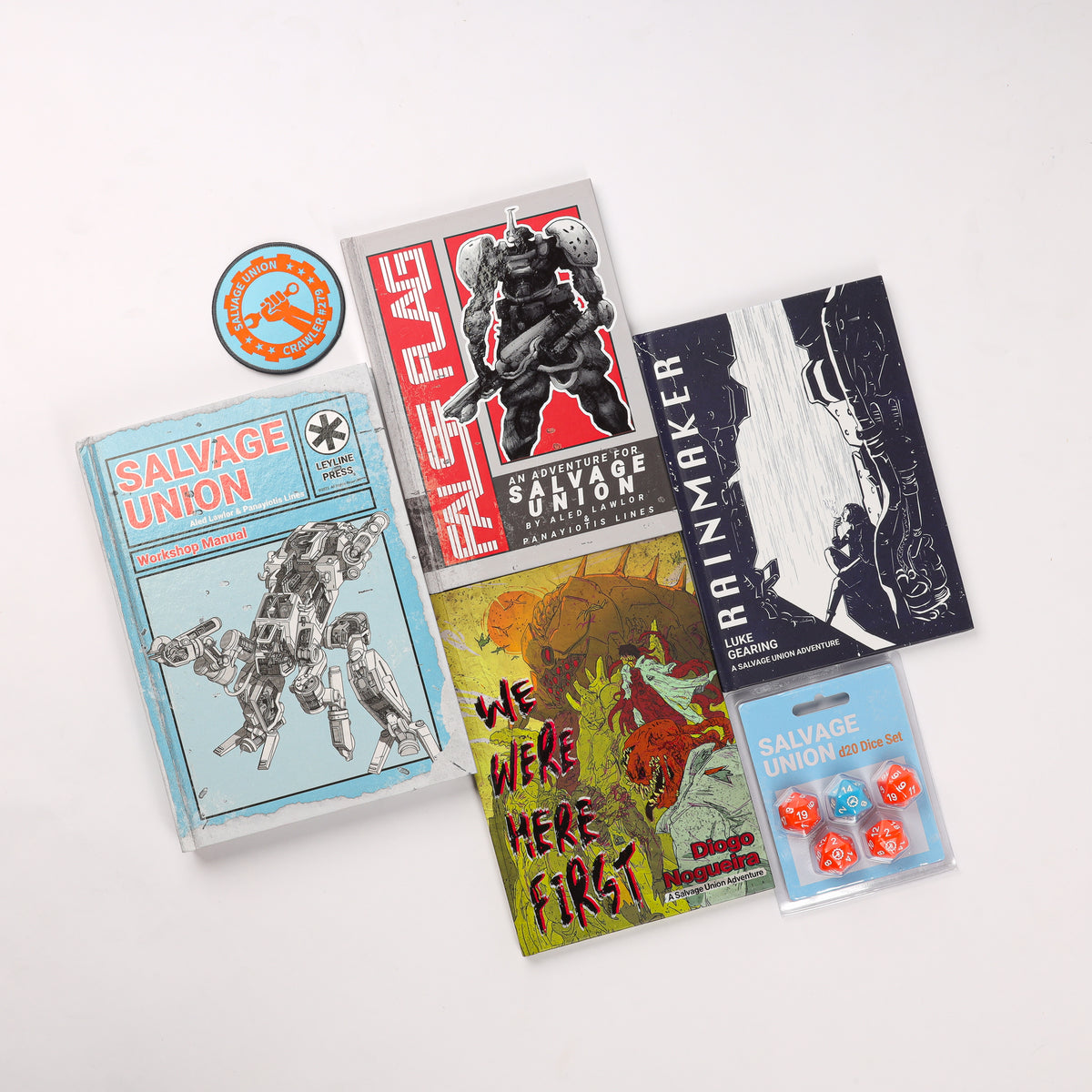
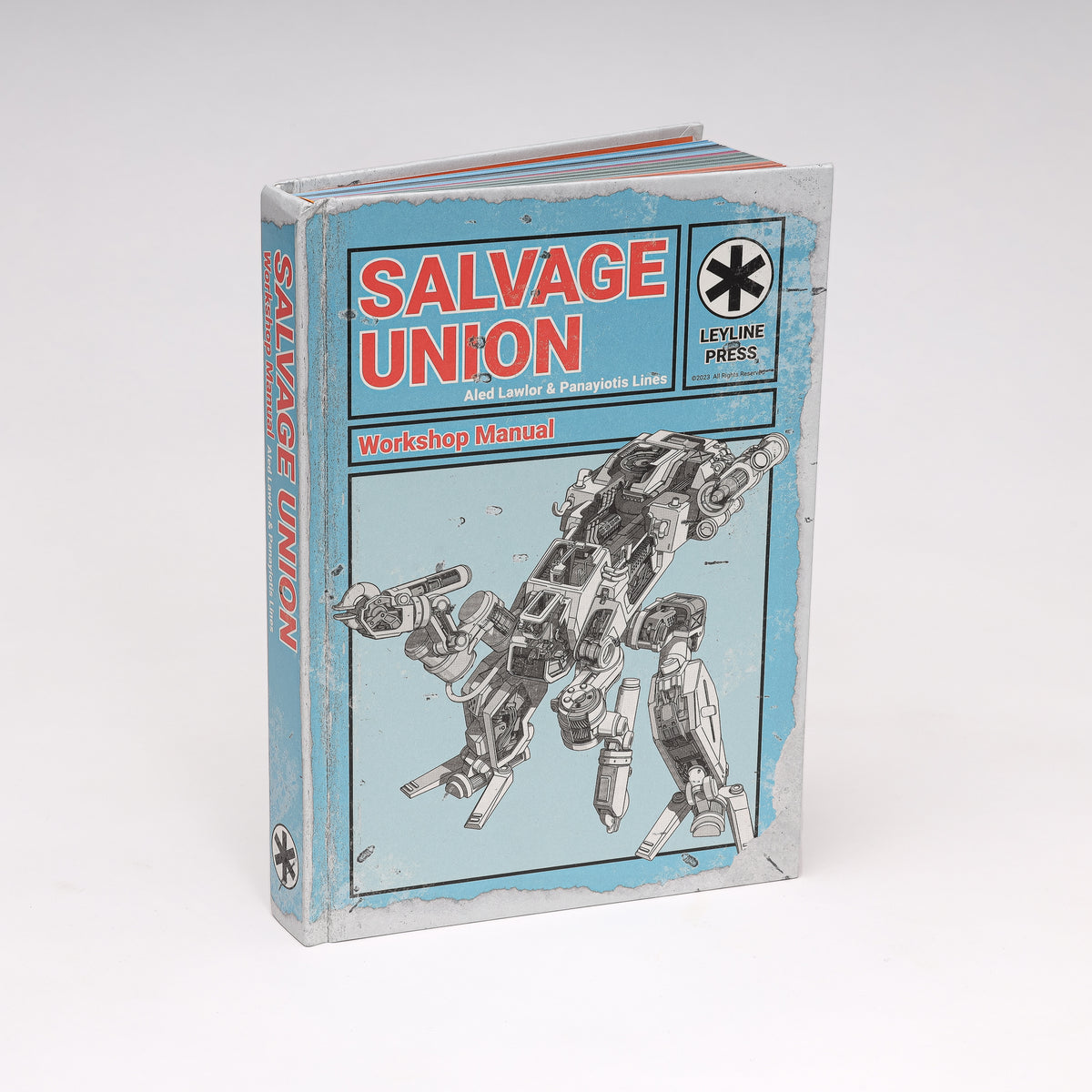
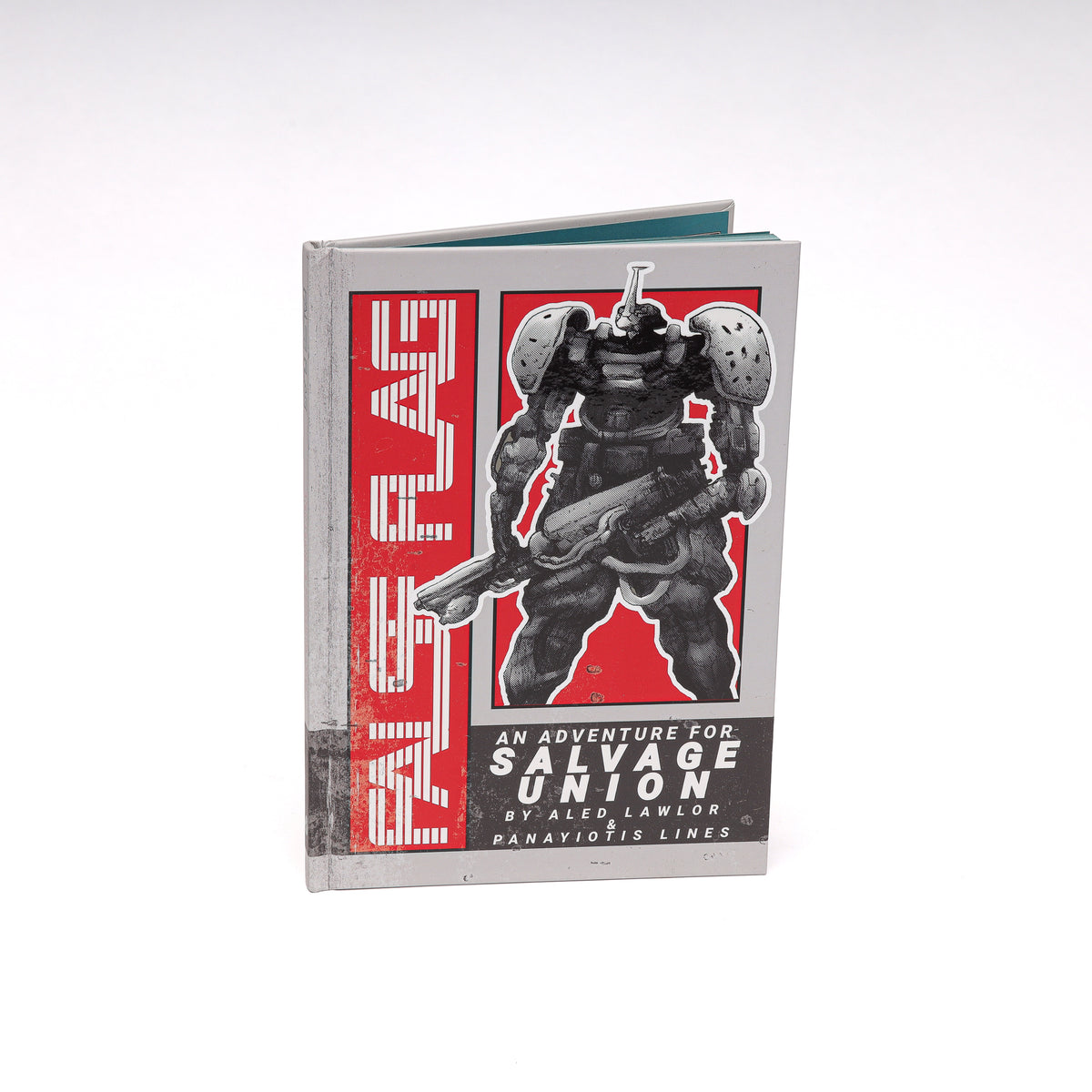
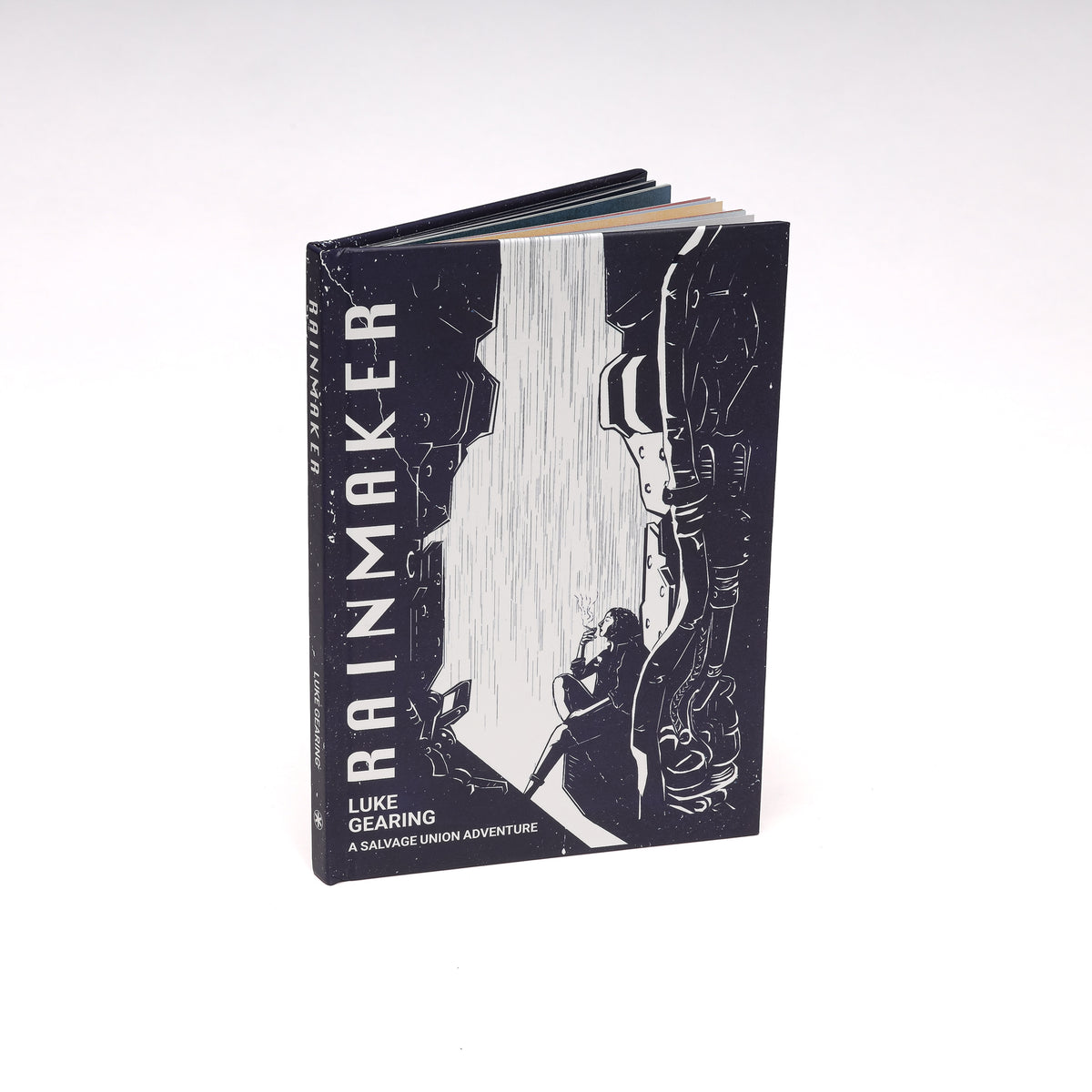
2 comments
@Symatt
The core book is going to have a lot more content across the board, we’ve got 30+ Mech Chassis, 90 Systems, 60 Modules, 30+ pieces of Pilot Equipment and the salvage and campaign mode systems tie it all together. There’s also 3 campaign modules to look forward to which will have further content and expand on and flesh out the world.
Beyond that well you’ll have to wait for the core book!
Panny
This game is awesome and I just wondering what is there to come. The playtest has everything it seems . What could be next.
What secrets have you hidden. ?